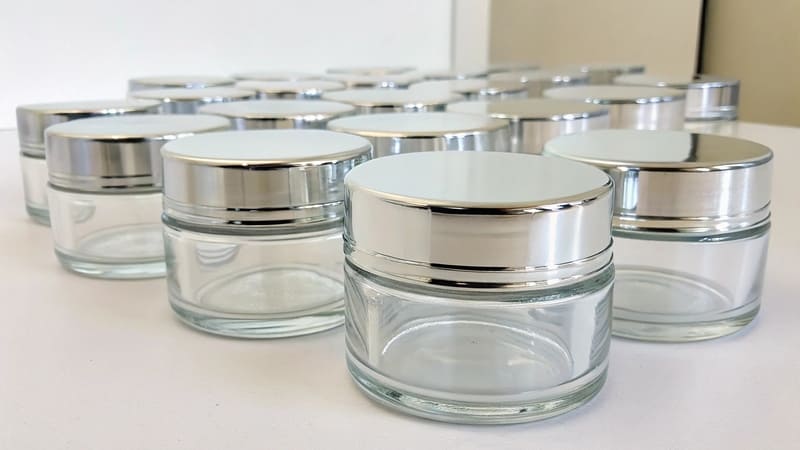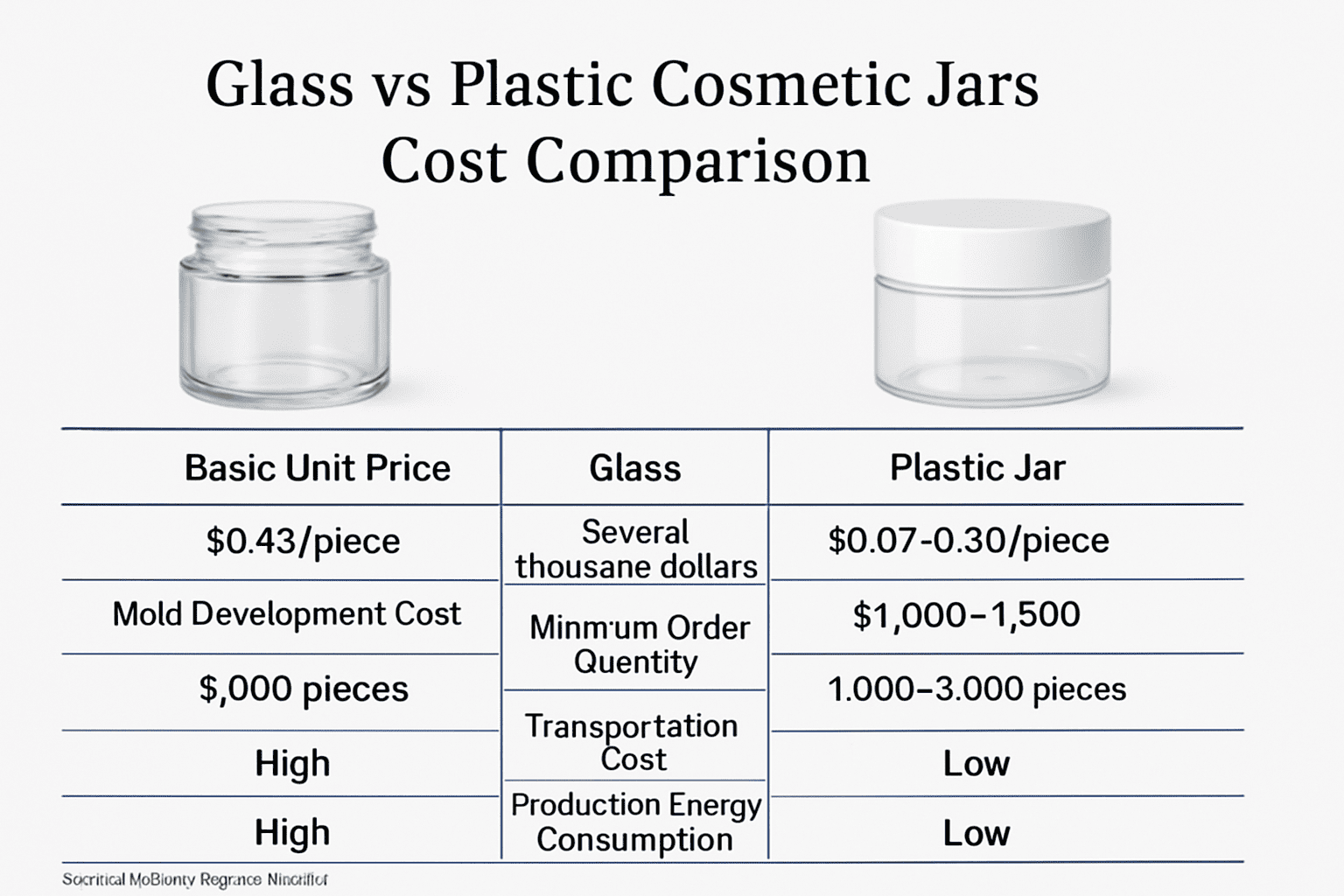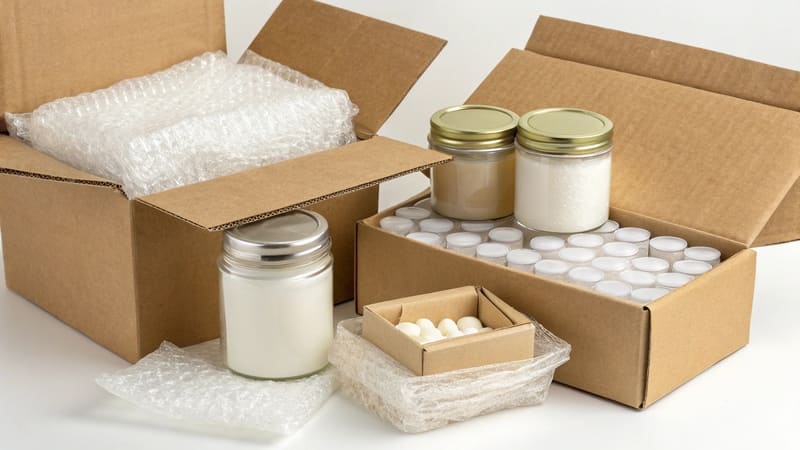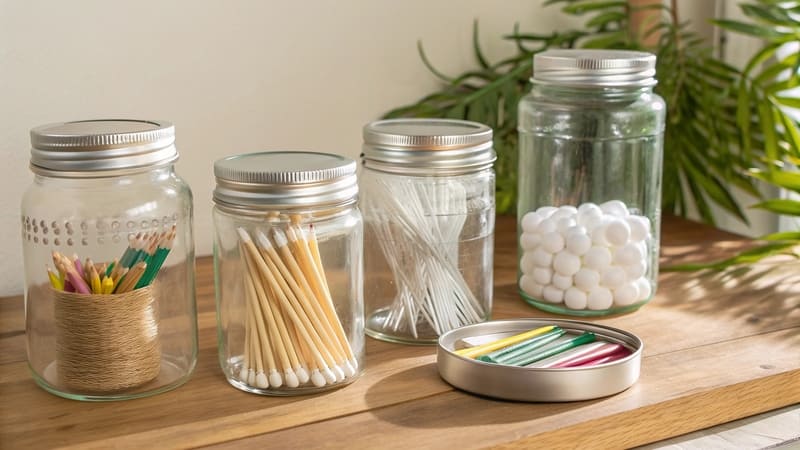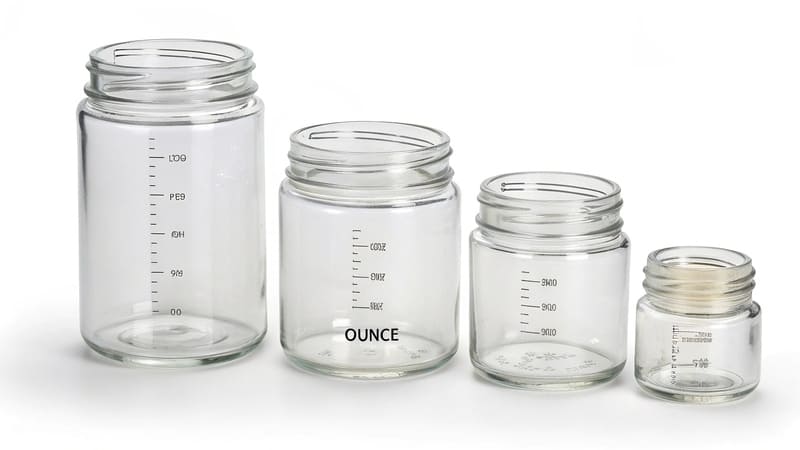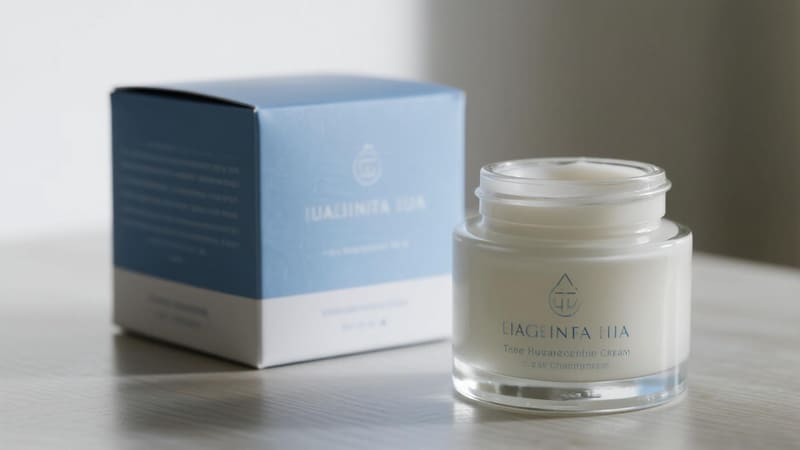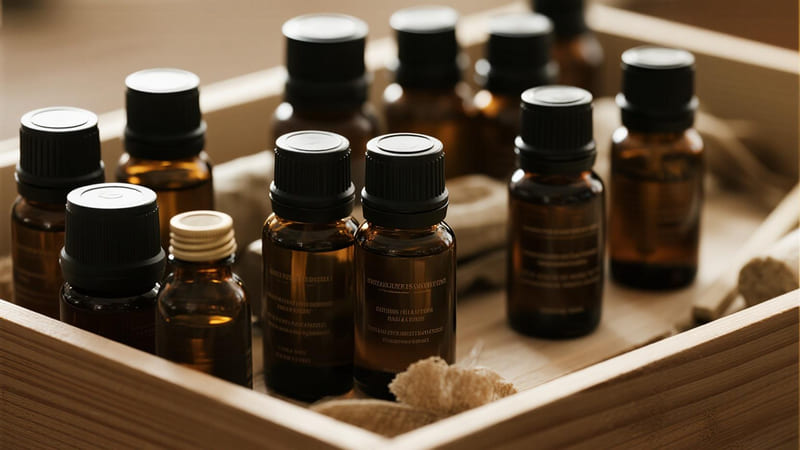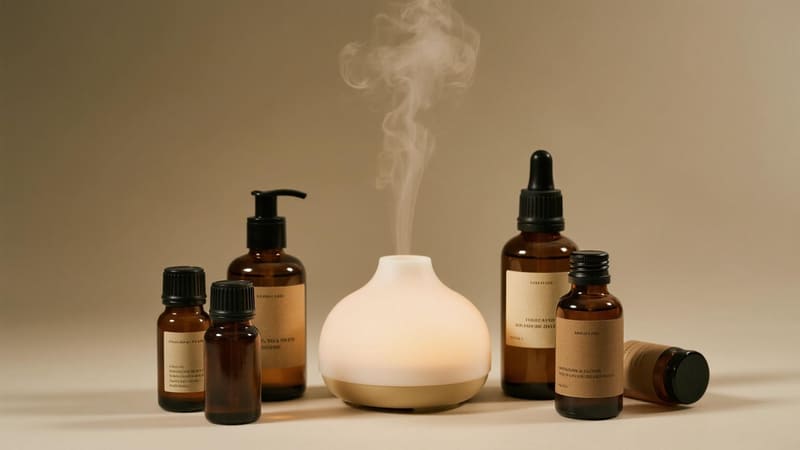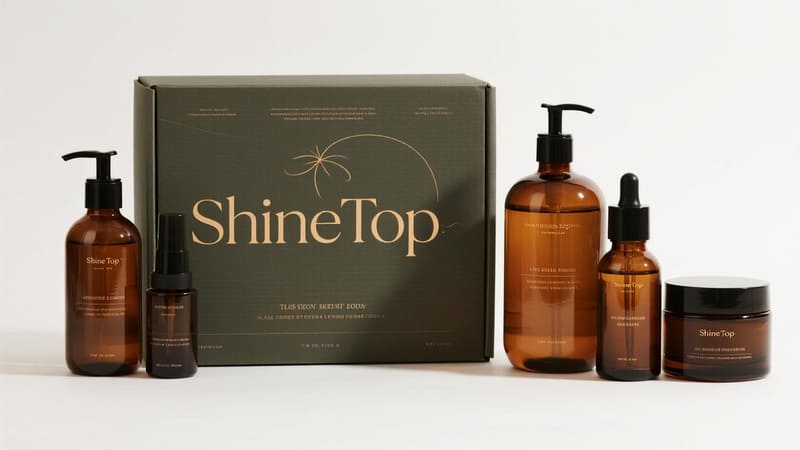Sourcing quality glass jars in bulk can be a real headache. High minimum order quantities, inconsistent quality, and long lead times are common frustrations. You need reliable suppliers for your cosmetic brand.
You can buy wholesale glass cosmetic jars in bulk directly from manufacturers like us at ShineTop, through specialized packaging distributors, or via online B2B platforms. Each option offers different advantages in price, customization, and service levels.
Finding the right supplier for your glass cosmetic jars is a big decision for any brand. This choice impacts your costs, how your product looks, and even your brand’s sustainability story. I’ve helped many clients, from new startups to well-known names, figure this out. Let’s look at some common questions that come up when brands are looking to buy glass jars in large quantities.
Are Glass Jars More Expensive Than Plastic?
Budget limits often make packaging choices tough. Plastic seems cheaper, but is it always the best value? Glass gives a premium feel, but what’s the actual cost difference?
Generally, glass jars have a higher upfront cost than plastic jars. This is due to raw material and manufacturing expenses. However, factors like order size, jar design complexity, and long-term brand image can change the overall cost-effectiveness.
When you’re deciding between glass and plastic, it’s not just about the price tag on an invoice. You have to think about the initial cost versus the long-term value. Glass often signals a higher quality product to consumers.
Several things affect the price of glass jars. The type of glass, like soda-lime or borosilicate, matters. How complex the jar is to make, including its shape and any special finishes, also adds to the cost. Glass is heavier than plastic, so shipping costs more. Decorations like frosting, printing, or special coatings will increase the price too. For plastic jars, the type of plastic resin (like PET or PP) is a big factor. The molding process used and the fact that plastic is lightweight, which means lower shipping costs, also play a role.
Here’s a simple comparison:
| Feature | Glass Jars | Plastic Jars |
|---|---|---|
| Unit Cost | Higher | Lower |
| Perceived Value | High | Varies, often lower |
| Sustainability | Recyclable, inert | Recyclable (varies), lighter |
| Durability | Breakable | More resilient to drops |
| Customization | Premium finishes, heavier feel | Versatile shapes, colors |
| Shipping Cost | Higher due to weight | Lower due to light weight |
In my experience, it really depends on your brand. Anna, one of my clients in Thailand with her own cosmetics line, started with plastic to keep initial costs down. As her brand grew and she focused more on premium, natural ingredients, she switched to our glass jars. Her customers saw the products as higher quality, and sales actually increased. This helped cover the higher unit cost of glass. It’s all about how you want to position your brand. Mohammed, another client from Iraq who creates custom gift sets, often chooses glass for the main product in his sets. He does this to give a strong impression of quality, even if other parts of the set use less expensive materials.
How to Package Glass Jars for Shipping?
Shipping fragile glass jars can make anyone nervous. If jars break, you lose money and get unhappy customers. Packing them right is key, but it can seem complicated.
To package glass jars for shipping, use individual cell dividers inside sturdy corrugated master cartons. Add protective cushioning like bubble wrap or molded pulp inserts. Make sure the box is sealed well and clearly labeled "Fragile."
Protecting glass jars during transit is extremely important. Nobody wants to open a shipment and find broken glass. Over my 20 years at ShineTop, we’ve learned a lot about how to pack glass safely.
Here’s a general step-by-step guide:
- Individual Protection: Each jar needs some kind of protection. You can wrap them in bubble wrap or use foam sleeves. Custom-molded inserts that fit each jar snugly are also a great option, especially for unique shapes.
- Internal Dividers: Inside the main shipping box, use dividers. These are usually made of corrugated cardboard or thick paperboard. They create individual cells for each jar, stopping them from banging against each other.
- Cushioning: Put cushioning material at the bottom of the master carton before you put the jars in. Add more on top before you seal the box. Materials like foam sheets, air pillows, or even crinkle paper can work.
- Sturdy Master Carton: The outer box needs to be strong. Double-walled corrugated boxes are usually best for shipping glass.
- Void Fill: Fill any empty spaces inside the master carton. This stops the jars or dividers from shifting around during shipping.
- Sealing and Labeling: Use strong packing tape to seal the box securely. Clearly label the box as "Fragile" and add "This Way Up" arrows.
Here are some common protective materials:
| Material | Pros | Cons |
|---|---|---|
| Bubble Wrap | Good cushioning, easy to find | Plastic waste, can pop under pressure |
| Foam Inserts | Custom fit, excellent protection | Less eco-friendly, can be more costly |
| Molded Pulp | Eco-friendly, good shock absorption | Can be bulkier, sensitive to moisture |
| Corrugated Dividers | Recyclable, prevents direct contact | Adds weight, less individual cushioning |
| Air Pillows | Lightweight, good for filling empty space | Can puncture, creates plastic waste |
At ShineTop, we ship millions of glass jars all over the world. We often custom-design packaging solutions for large orders. For example, when Mohammed ordered 25,000 drawer box sets, each containing a glass bottle, the design of the drawer box itself helped protect the bottle. We then packed these sets into very robust master cartons. Careful planning at this stage saves a lot of problems later.
What Can You Do With Empty Cosmetic Jars?
Empty cosmetic jars can pile up, creating clutter and waste. Consumers today want sustainable options. How can brands help customers reuse or dispose of these containers responsibly?
Empty cosmetic jars can be reused for storing small items, for DIY craft projects, or as travel containers. Brands can encourage returns for refilling or make sure jars are easily recyclable by using clear labeling and mono-materials.
Thinking about what happens to jars after the product is used up is important. We want to promote a more circular system and reduce waste. There are many creative ways consumers can reuse their empty glass cosmetic jars.
For personal use, these jars are great for storing small things like Q-tips, cotton balls, jewelry, herbs and spices, or small office supplies like paperclips. They can also be used for DIY projects. I’ve seen people turn them into mini plant pots for succulents, cute candle holders, or small containers for homemade paints. For travel, they are perfect for decanting larger products into smaller, more convenient sizes.
Brands can also play a big role:
- Refill Programs: Offer product refills in simpler packaging, like pouches, or allow customers to bring jars back to a store for refilling.
- Take-Back Schemes: Partner with recycling companies like TerraCycle, or set up your own system for customers to return empty jars.
- Design for Recyclability: This is key. Use glass that is easy to recycle (clear glass is generally better than heavily colored or coated glass). Make sure labels and any other components can be easily removed or are also recyclable. Using mono-materials (jars made of just one type of material) helps a lot.
- Educate Consumers: Provide clear instructions on your packaging or website about how to clean the jars and recycle them properly in their local area.
Here’s a look at reuse versus recycling:
| Action | Consumer Effort | Brand Involvement | Environmental Benefit |
|---|---|---|---|
| Reuse | Moderate | Low (mainly encouragement) | High (extends the jar’s life) |
| Refill | Low to Moderate | High (needs logistics) | Very High (reduces need for new packaging) |
| Recycle | Low | Moderate (design, education) | Medium (saves resources, energy) |
I’ve seen brands build strong customer loyalty by offering refill options for products sold in glass jars. Anna, my client in Thailand, is thinking about doing this for her popular face cream. It fits well with the growing desire for more eco-friendly products in her market. It’s not just about selling a jar once; it’s about thinking about its entire lifecycle.
How Many Ounces is a Glass Jar?
Jar sizes can be confusing. Terms like "small" or "large" are not precise enough when you’re formulating products. How do you match the jar capacity to your product volume accurately?
Glass cosmetic jars come in various ounce (oz) or milliliter (ml) capacities. They typically range from 0.15 oz (about 5ml) for samples to 8 oz (about 240ml) or even more for larger products. Always check the brimful capacity versus the usable volume.
Understanding jar capacity is crucial for product development and packaging selection. In cosmetics, volume is usually measured in fluid ounces (fl oz) or milliliters (ml). It’s important not to confuse fluid ounces (a measure of volume) with weight ounces (a measure of mass).
Here are some common cosmetic jar sizes and their typical uses:
| Size (approx.) | Milliliters (ml) | Common Uses |
|---|---|---|
| 0.15 – 0.25 fl oz | 5 – 7.5 ml | Lip balms, eye cream samples, glitter pots |
| 0.5 fl oz | 15 ml | Serums, concentrated eye creams, travel sizes |
| 1 fl oz | 30 ml | Standard size for face creams, serums, foundations |
| 1.7 – 2 fl oz | 50 – 60 ml | Popular for moisturizers, face masks |
| 4 fl oz | 120 ml | Body creams, larger face masks, hair masks, scrubs |
| 8 fl oz | 240 ml | Body butters, larger volume body care products |
There are a few important things to keep in mind. First, there’s a difference between brimful capacity and usable capacity. Brimful capacity is the volume if you fill the jar to the very top. Usable capacity is a bit less, as you need some empty space (headspace) for the product to settle and for the cap or closure to fit without causing overflow. The density of your product also matters. A thick, dense cream will take up less space for the same weight compared to a light, fluffy mousse. Always do a test fill with your actual product. The neck finish of the jar is also important. This refers to the type of threading or opening at the top, which determines what kind of cap you can use and can also affect how easy the jar is to fill.
At ShineTop, we always provide detailed specification sheets for our jars. I remember a client who ordered 50ml jars based on their product’s weight calculation. However, their product was a whipped cream that was very airy. It needed more headspace than they planned for. We had to quickly help them find a 60ml jar with a similar look and feel. This is why I always tell my clients: always request samples and do your own fill tests with your specific product! This is vital for Anna when she’s launching a new product for her brand, and for Mohammed when he’s ensuring all the components fit perfectly into his custom gift sets.
Conclusion
Choosing the right wholesale glass jars involves many factors. You need to think about cost, safe shipping, and what happens to the jar after use. Reliable suppliers like ShineTop can offer guidance and quality products to help your brand succeed.

